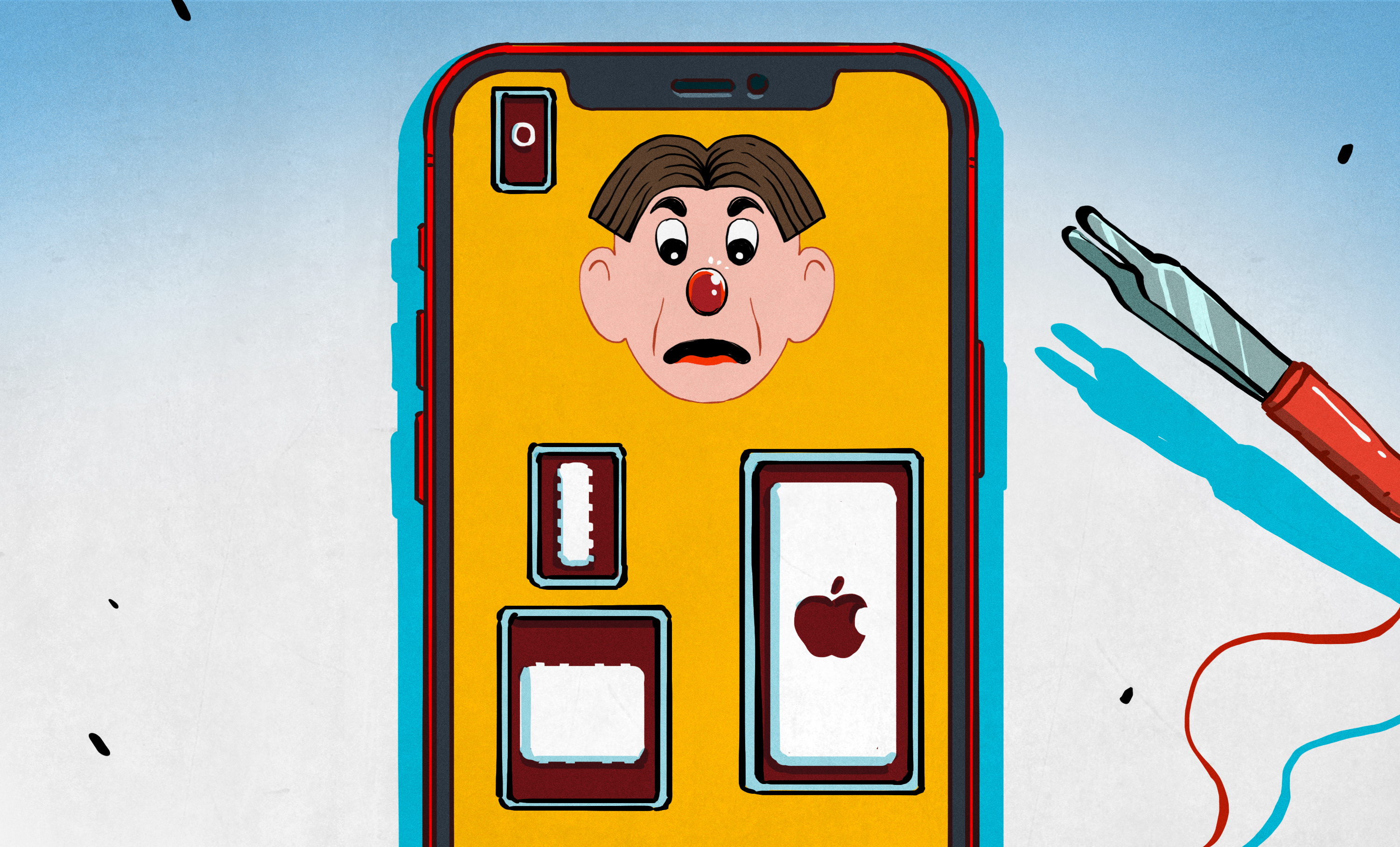The European Right to Repair Bill: Game Changer or Status Quo?
Recently, the European Commission (EC) adopted a new proposal to allow and promote the repair of a range of consumer goods, including household appliances such as vacuum cleaners and washing machines, as well as electronic devices such as smartphones and televisions. Depending on the vote of the European Parliament and the Council in the next steps, this proposal could shape many details about how the devices we regularly interact with work and how they can be repaired when they no longer work.
As we saw recently with the Digital Fair Repair Act in New York, which was enacted last year, the devil is as always in the details. In the case of the New York bill, the original intent to allow low-level repairs on faulty devices was hampered by additional exceptions and loopholes that essentially meant entire industries and types of repairs were excluded. . Another example of a "right to repair" being essentially a game involves Apple's much-maligned "self-repair" program, which is both limited and expensive.
So what are the chances of the EU succeeding where the US has failed?
ProposalBasically, the EC proposal includes the following elements:
During the warranty period, the seller must offer repair services, except when the repair is more expensive than a replacement. Beyond the warranty period, customers should have access to repair options for all devices considered "repairable" under EU law. Sellers are legally required to inform their customers of these options. Establishment of an online "match-making" repair platform to connect consumers with repair services and sellers of refurbished devices. The ability to request full information about repair conditions and price from repair shops by customers. The introduction of a European quality standard for repair services.These measures aim to address the inability of customers to get their devices repaired, despite the willingness of the majority of Europeans to use these repair services. This shouldn't be too surprising, as repair is often a more consumer-friendly option than replacement. Imagine a washing machine or refrigerator that you've been using for years with no problems, until something small like a seal or a sensor needs to be replaced. In these cases, it would be much less hassle to replace it yourself or have someone replace it, rather than having to buy a brand new device, have it delivered, and throw the old one away. p>
Of course, this all depends on the availability and affordability of spare parts. In the case of Apple's repair programs, only certain replacement parts are, and too often for a complete assembly rather than a singular component. When the cost of repairing a device begins to approach the cost of replacing it, most will replace it, as a new device will come with a full warranty and will generally be considered the best deal.
If the EC proposal, once implemented, has the capability to apply accurate repair options, we could see the return of devices designed to be diagnosed and repaired. This would not only be good for consumers, but also for the environment, as recycling is usually not the optimal solution.
incentivesAttitudes towards consumer goods have changed over the past few decades. While repair shops were commonplace in the 1980s, devices such as washing machines but also personal computers like the Commodore 64 had repair and diagnostic manuals. These included not only full schematics and assembly drawings, but also individual spare parts lists and the part number to use when ordering a replacement from the manufacturer. In a way, this provided a guaranteed revenue stream for the devices, even after the customer purchased them.
Compare that to modern smartphones, which don't come with schematics, rarely even offer full replacement assemblies, and use a bewildering amount of glue and screws that makes any repair a frustrating exercise. As a recent repair video by Hugh Jeffreys demonstrated on an iPhone 14 Pro Max that had a damaged glass case, even sourcing spare parts from third-party sellers may not be enough to restore full functionality. Despite hours of tedious micro-surgery on the smartphone, Hugh has come up against the final insult in the form of App...

Recently, the European Commission (EC) adopted a new proposal to allow and promote the repair of a range of consumer goods, including household appliances such as vacuum cleaners and washing machines, as well as electronic devices such as smartphones and televisions. Depending on the vote of the European Parliament and the Council in the next steps, this proposal could shape many details about how the devices we regularly interact with work and how they can be repaired when they no longer work.
As we saw recently with the Digital Fair Repair Act in New York, which was enacted last year, the devil is as always in the details. In the case of the New York bill, the original intent to allow low-level repairs on faulty devices was hampered by additional exceptions and loopholes that essentially meant entire industries and types of repairs were excluded. . Another example of a "right to repair" being essentially a game involves Apple's much-maligned "self-repair" program, which is both limited and expensive.
So what are the chances of the EU succeeding where the US has failed?
ProposalBasically, the EC proposal includes the following elements:
During the warranty period, the seller must offer repair services, except when the repair is more expensive than a replacement. Beyond the warranty period, customers should have access to repair options for all devices considered "repairable" under EU law. Sellers are legally required to inform their customers of these options. Establishment of an online "match-making" repair platform to connect consumers with repair services and sellers of refurbished devices. The ability to request full information about repair conditions and price from repair shops by customers. The introduction of a European quality standard for repair services.These measures aim to address the inability of customers to get their devices repaired, despite the willingness of the majority of Europeans to use these repair services. This shouldn't be too surprising, as repair is often a more consumer-friendly option than replacement. Imagine a washing machine or refrigerator that you've been using for years with no problems, until something small like a seal or a sensor needs to be replaced. In these cases, it would be much less hassle to replace it yourself or have someone replace it, rather than having to buy a brand new device, have it delivered, and throw the old one away. p>
Of course, this all depends on the availability and affordability of spare parts. In the case of Apple's repair programs, only certain replacement parts are, and too often for a complete assembly rather than a singular component. When the cost of repairing a device begins to approach the cost of replacing it, most will replace it, as a new device will come with a full warranty and will generally be considered the best deal.
If the EC proposal, once implemented, has the capability to apply accurate repair options, we could see the return of devices designed to be diagnosed and repaired. This would not only be good for consumers, but also for the environment, as recycling is usually not the optimal solution.
incentivesAttitudes towards consumer goods have changed over the past few decades. While repair shops were commonplace in the 1980s, devices such as washing machines but also personal computers like the Commodore 64 had repair and diagnostic manuals. These included not only full schematics and assembly drawings, but also individual spare parts lists and the part number to use when ordering a replacement from the manufacturer. In a way, this provided a guaranteed revenue stream for the devices, even after the customer purchased them.
Compare that to modern smartphones, which don't come with schematics, rarely even offer full replacement assemblies, and use a bewildering amount of glue and screws that makes any repair a frustrating exercise. As a recent repair video by Hugh Jeffreys demonstrated on an iPhone 14 Pro Max that had a damaged glass case, even sourcing spare parts from third-party sellers may not be enough to restore full functionality. Despite hours of tedious micro-surgery on the smartphone, Hugh has come up against the final insult in the form of App...
What's Your Reaction?






















